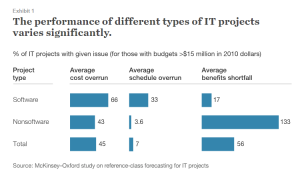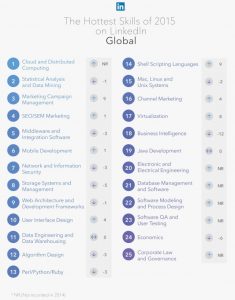by Jeremy Ostermiller, Op-Ed Contributor, September 8, 2016
Programmatic advertising has ushered in a treasure trove of data and metrics, but what publishers don’t need is more spreadsheets. Publishers need real insights to drive more revenue from their existing inventory and content.
Unfortunately, due to larger investments in advertiser-side companies and tools, publishers are at a disadvantage when it comes to understanding their video inventory the way advertisers do. As big data gets even bigger, it can be difficult to prioritize the information that is most valuable and actionable. Here are five key video metrics and questions publishers should be focused on.
Audibility. What percentage of the time was the the ad audible? Audibility is an important companion metric to viewability. The effectiveness of a video ad relies on both visual and audible engagement, and advertisers are starting to take a closer look at whether the sound was audible when the advertisement played.
Verification partners are starting to measure this for advertisers so publishers need to be prepared with data and tools to deliver on highly viewable and audible impressions.
Advanced Viewability Metrics. What percentage of the time was the ad viewable and how often was it completed? Viewability continues to be the single most discussed video metric for advertisers, but many advertisers are looking beyond the MRC standard (50% viewable for 2 seconds) and are measuring what percentage of the ads were visible on completion.
Some advertisers want to know what the percentage of the time the player was fully visible on the screen. There are an increasing number of permutations that are being used to evaluate if and how long the ad was viewed by a person.
Multi-Vendor Fraud Analysis. What percentage of my traffic could be flagged as fraud based on different vendors? Advertisers will simply not pay for fraudulent traffic resulting in lost revenue for the publisher.
All suppliers, even premium direct publishers, need a grasp on how their inventory is being viewed through the lens of the different verification vendors. Each vendor has different methodologies, technologies and terminology.
To make matters worse, different companies use a variety of terminology for fraud including bot traffic, non-human traffic, suspicious activity or invalid traffic depending on the verification company and detection methods. Advertisers won’t pay for it, so publishers should be well aware of any amount of traffic that puts their revenue at risk.
Player Size and Ad Initiation. What is the relationship between eCPM and other video player characteristics? As advertisers search for more effective video advertising, publishers are finding correlations between CPM, the size of the video player and how the ad is initiated.
Most publishers have an idea of how these characteristics impact revenue but a deeper analysis of the data may uncover packaging opportunities or design changes.
Content Categorization. How are advertisers categorizing site content? Most programmatic video advertising relies on user based targeting using first or third party data but delivering ads to the right user, in the right context can powerfully impact engagement rates and, subsequently, the value of video inventory.
Publishers often overlook the ability to package specific inventory by category offering advertisers the right user with contextually relevant advertising.
Much of this data is available through third-party measurement and verification vendors. The bad news for publishers: this information can come at a cost and impact margin. Publishers need to prioritize their investments in data based with the advertiser’s needs and select partners that provide more inventory insight.
In today’s programmatic era, publishers and advertisers should be viewing and transacting media with the same data and transparency. Both sides will win as the industry achieves more programmatic data parity.
MediaPost.com: Search Marketing Daily
(14)








